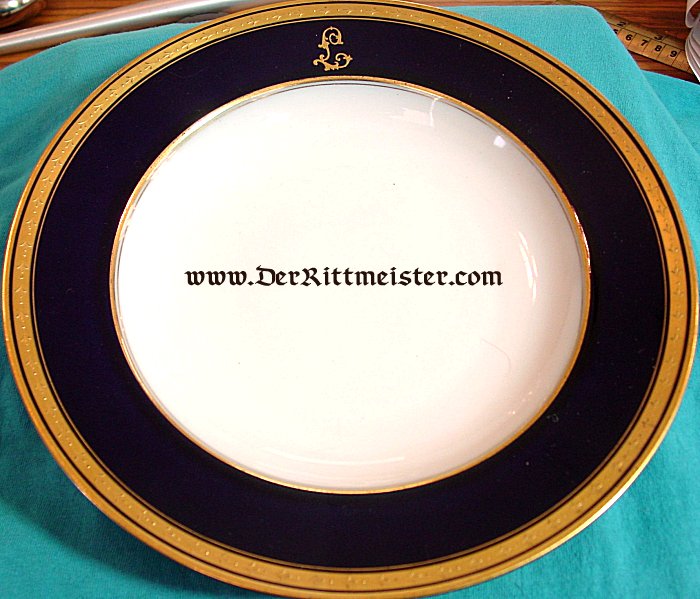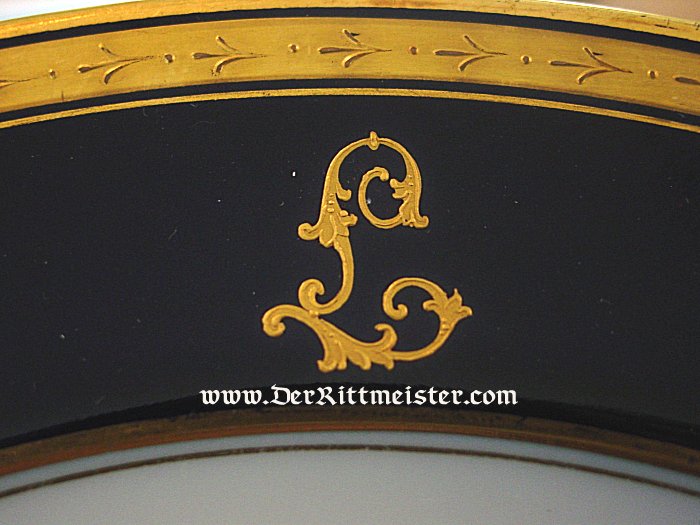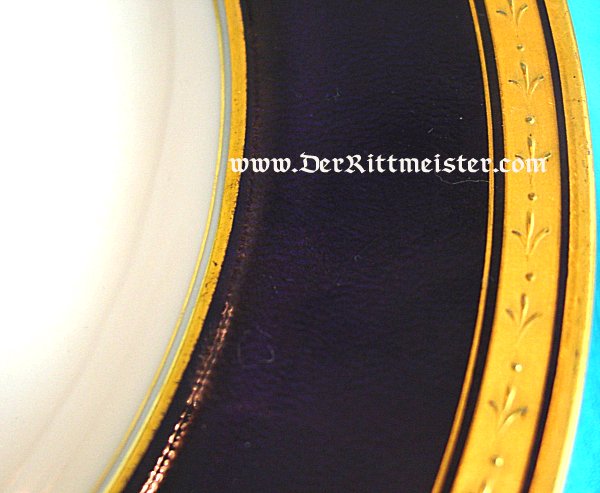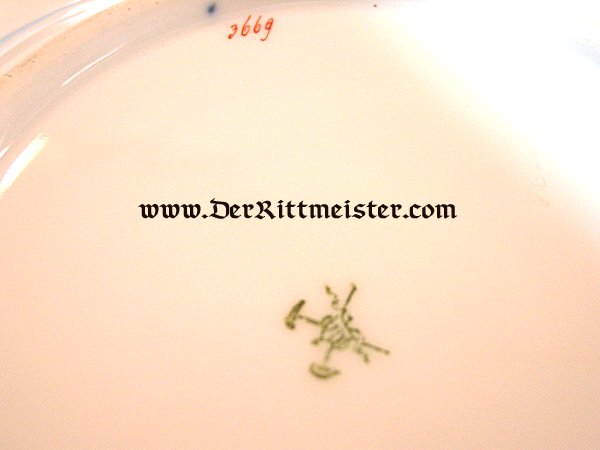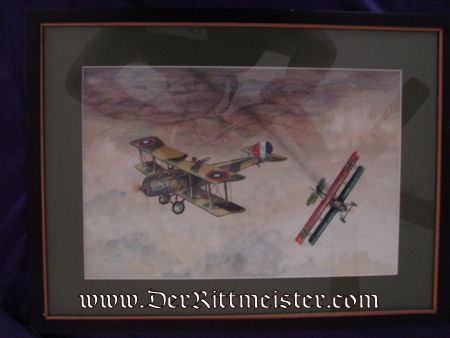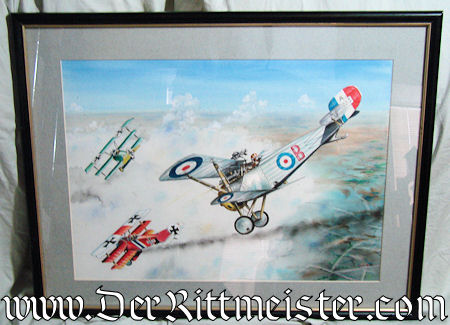Description
Arthur Laumann was born in 1894. When the war began in August 1914, Laumann volunteered and served in 3. Rheinisches Feld-Artillerie-Regiment Nr 83. (This regiment was newly raised in 1912 and garrisoned in Bonn-Düren). Having spent much of the war at the front, Laumann was finally accepted for pilot training in August 1917. In March 1918 he was posted to FA(A) 265. In May of 1918 he was transferred to single-seater service with Jasta 66. He briefly commanded this jasta as Jastaführer from July-August 1918. He was then honored to be transferred to Jasta 10, which was one of the four squadrons that had been assigned to JG 1 (later known as Jagdgeschwader Nr 1 Freiherr von Richthofen after the death of the famed ace in April 1918) under the initial command of Manfred von Richthofen. {Upon his death in April 1918 von Richthofen was succeeded by his hand-picked replacement, Wilhelm Reinhard. Reinhard was killed while testing aircraft in July 1918. The final commander of JG 1 was none other than Hermann Göring, who remained the commander until the armistice in November 1918. Interestingly prior to the air crash that took the life of Reinhard, the airplane was flown by Göring! Those of you who are fans of The Blue Max by Jack D. Hunter may find this similar to the crash of then Jastaführer Otto Heidemann immediately after Bruno Stachel flew the plane}. Returning to Laumann, after he joined JG 1 in August 1918 he received the 1914 Iron Cross 1st Class and the Knight’s Cross with Swords of the Hohenzollern House Order in late September. On 25 October 1918 Laumann was awarded one of the last Orden’s Pour le Mérite given to a pilot. It was the last one awarded to a member of JG 1. Laumann finished the war with a total of TWENTY-EIGHT confirmed victories. Laumann rejoined the Luftwaffe in the 1930’s and was an early commander of JG 26, which was the most famous of the Luftwaffe fighter wings during WW II. Toward the end of WW II he served as the Air Attaché at the German embassies in Greece and Yugoslavia. He died in 1970. This soup bowl is 9 ½” in diameter. The bowl is one of amazing quality. It sports a magnificent gold trim at the edges with a wide band of black. A stylized “L” for Laumann appears on the black in gold. Underneath the bowl is manufacturer hallmarked, but I do not recognize the firm which produced it. This is an important artifact from a well-known WW I fighter pilot and a member of JG 1 during the final months of the Great War.
